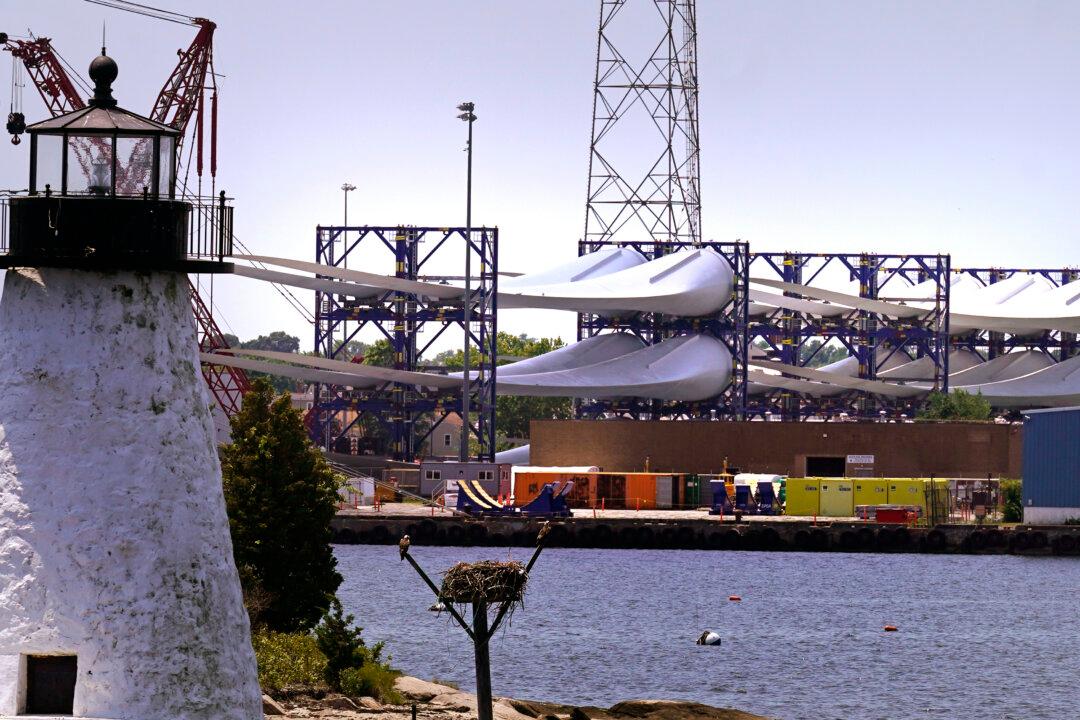MYAKKA CITY, Fla.—They hustled the herd from their stalls and into the open fields, where the cows would be safer from the storm, a practice honed during a half-century of dairy farming in Florida and Maine for a century before.
The massive steel-frame, metal-roof barns that housed Dakin Dairy Farms’s nearly 5,000 Holsteins could withstand winds of up to 70 miles per hour, Jerry Dakin said, but at “80 to 100, things start to come apart.”





